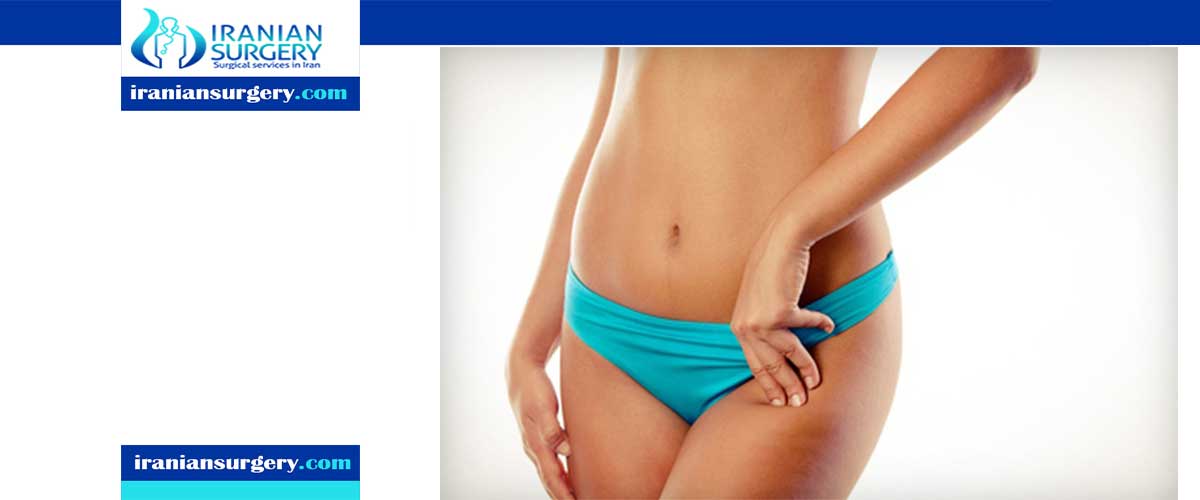Can liposuction be reversed?
Read more about : Liposuction Podcast with Dr. Afshan shah
Read more about : Liposuction and tummy tuck , before and after surgery videos
Read more about : Lipomatic surgery , before and after surgery Video
Read more about : Abdominoplasty and Breast reduction and bbl surgery , before and after surgery videos
Read more about : Abdominoplasty with liposuction surgery , before and after surgery videos
The answer is YES. Liposuction permanently depletes the population of fat cells in a treated area. These cells are removed (and in the case of laser and US destroyed) achieving a more pleasing contour. There is hope and help for liposuction outcomes that have gone wrong. Liposuction can reverse the outcome of a botched procedure and allow patients to have the figure they want and hope restored.In other word, You may have encountered other names for this procedure such as fat injection, fat grafting or autologous fat transplantation. All these names refer to one and the same procedure in which surgeons transfer body fat from one part of your body to another. The purpose of this procedure is to fill volume-deficient areas of your face or body by using your own body fat. In other words, it is a great way to make the excess fat useful.
There are many areas of body fat application. However, reverse liposuction is most often used for augmentation surgeries. This includes breast, buttocks, hips and thighs augmentation. Also, augmentations in the facial area like lips or cheeks. A body fat tissue is used to correct wrinkles in non surgical facelift procedures. Sometimes this procedure is used in rhinoplasty.
When you think of liposuction, a graphic image might pop up in your head. However, for many people, the procedure is the answer to their body-contouring prayers and not as bad as they originally thought it would be. It can transform a person's body and make common trouble spots of fat, like the thighs and stomach, completely disappear. But to work up the courage to get the procedure and then actually go through with it, you want to know that it's going to last. So here's the good news: it will! Here, the expert reasons why.
Unless a person is morbidly obese or a growing child, they have a finite number of fat cells. When you gain or lose weight, these fat cells expand or shrink. What liposuction does is remove the fat cells forever. Not every fat cell will be removed, so it is still possible to gain weight in the area that was liposucted, but the weight is gained in a more even distribution." This means that if you typically gain weight in your thighs, and then you have liposuction there, you may still gain a little there afterward, but not only there. Therefore, your body will look much more proportional and any weight gain won't be as noticeable.
But, just because you get liposuction and no longer have excess fat, doesn't mean you can sit back, put your feet up and give up diet and exercise. In order to maintain your results, you need to continue leading a healthy lifestyle. "Liposuction is an excellent procedure for patients who are looking to contour specific areas of their body, but it is not ideal for patients who are looking for a fast solution for weight loss,". "A good candidate is someone who is around their ideal body weight and eats properly and exercises, but has one or two areas of fat that just won't go away."
10 common questions about Can liposuction be reversed
[kkstarratings]



